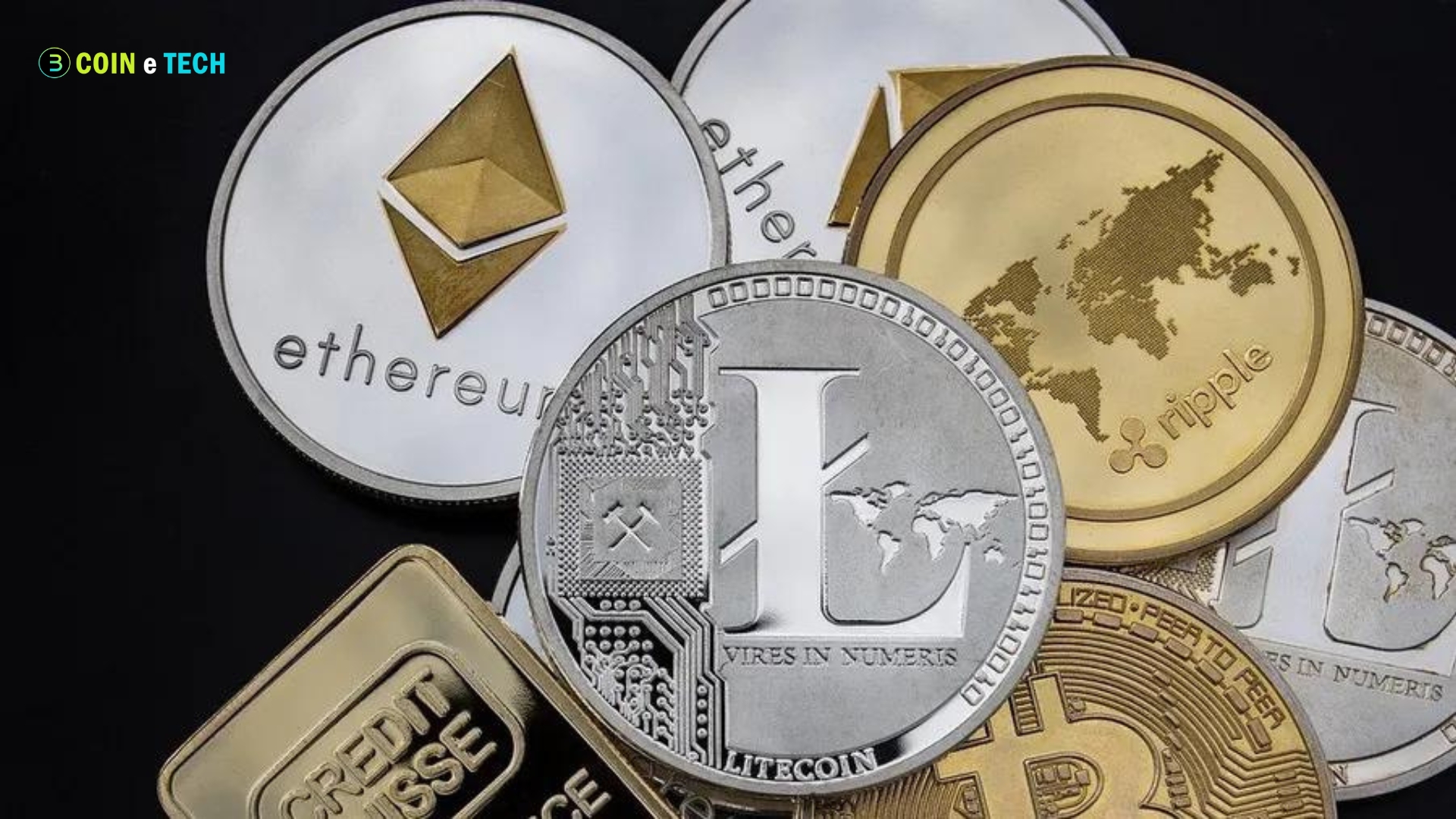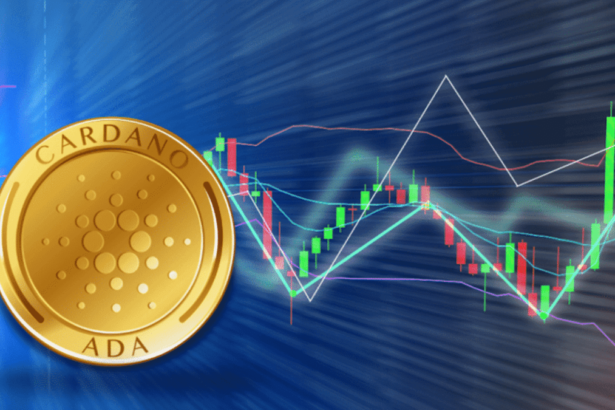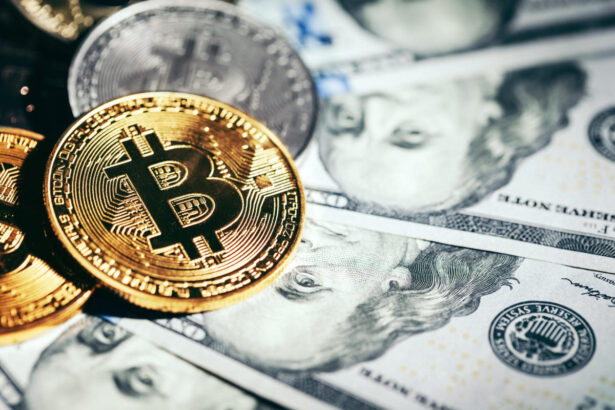Metaverse Ecommerce: As the metaverse evolves, exciting opportunities are opening up for investors interested in delving into the cryptocurrency sector. Due to their low price and colossal return potential, penny cryptocurrencies are becoming more popular as online shopping moves into virtual worlds. Explore these top penny cryptocurrencies for online shopping in the metaverse in 2024.
Understanding Penny Cryptos
Cryptocurrencies that trade for less than $1 are called penny cryptocurrencies. These coins allow investors to enter the market without putting much money down but are also very volatile. As the metaverse grows, many of these inexpensive cryptocurrencies quickly become significant participants in the online economy.
The Rise of Metaverse E-commerce
Metaverse e-commerce is transforming the way we shop. Customers can have a more immersive shopping experience in virtual environments by browsing, interacting, and purchasing things as avatars. As a result of this change, the need for digital currencies that can be used for transactions in these new environments is growing. Metaverse e-commerce is booming, and many firms are jumping on the bandwagon to get in on the action.
Top Penny Cryptos for Metaverse E-commerce
Decentraland (MANA)
The MANA token, issued by Decentraland, is not a “penny coin,” but its price point frequently falls below $1, making it a good choice for investors watching their pennies. Decentraland is a virtual reality platform on which you can build, explore, and make money off of content and apps. In the future of metaverse e-commerce, MANA will be a major player thanks to its expanding ecosystem and collaborations with different businesses.
The Sandbox (SAND)
Like Decentraland, The Sandbox is a decentralized gaming platform allowing users to create, own, and monetize their gaming experiences using SAND tokens. As e-commerce integrates with gaming and virtual worlds, The Sandbox is well-positioned to capitalize on this trend. The platform has already secured partnerships with major brands, increasing its visibility and potential for growth in the metaverse.
Voxies (VOXEL)

As a platform that integrates blockchain technology with conventional gaming features, Voxies stands out among metaverse Ecommerce. You can buy anything in the game with VOXEL tokens, which you can acquire through gameplay. The growth of metaverse e-commerce should be good news for Voxies since the need for more immersive gaming experiences is rising.
Alien Worlds (TLM)
Alien Worlds is a distributed fantasy universe (DeFi) with gaming features. Mining and completing missions are the only two ways players can earn TLM tokens. Due to its design, investors seeking to profit from the expanding Metaverse E-commerce ecosystem have a flexible platform choice, allowing it to interface with other Metaverse enterprises.
My Neighbor Alice (ALICE)
My Neighbor Alice is a multiplayer builder game that allows players to buy and own virtual lands and assets. The ALICE token is the in-game currency, enabling players to trade and purchase items. With its engaging gameplay and strong community, My Neighbor Alice is a promising contender in the Metaverse Ecommerce space.
Star Atlas (ATLAS)
Star Atlas is an ambitious space exploration game that combines traditional gaming with blockchain technology. Players can earn ATLAS tokens by participating in the game’s economy, which includes buying and selling virtual assets. As the game develops and expands, the ATLAS token has the potential to become a significant player in Metaverse Ecommerce.
Illuvium (ILV)
Illuvium is an open-world RPG that allows players to explore a vast landscape filled with unique creatures known as Illuvials. The ILV token can be used for in-game transactions, governance, and staking. With its high-quality graphics and engaging gameplay, Illuvium is attracting attention as a potential leader in Metaverse Ecommerce
Aavegotchi (GHST)
Aavegotchi combines DeFi and NFTs to create a unique gaming experience. Players can collect and trade Aavegotchis, digital pets with real monetary value. The GHST token is used for in-game transactions and can be used to stake rewards. As more players enter the metaverse, Aavegotchi’s unique approach to e-commerce could lead to significant growth.
Kadena (KDA)
Although primarily known for its blockchain technology, Kadena is venturing into the metaverse space. With its scalable and secure blockchain solutions, Kadena aims to support e-commerce platforms in the metaverse. As businesses seek efficient and secure payment solutions, Kadena’s KDA token could become a key player in this emerging market.
Render Token (RNDR)

Render Token provides decentralized GPU rendering for visual content, making it crucial for metaverse development. As more brands invest in high-quality visuals for their virtual storefronts, the demand for RNDR tokens is expected to grow. This positions Render Token as a vital component of the Metaverse Ecommerce ecosystem.
Investing Wisely in Penny Cryptos
It is essential to undertake a comprehensive study and evaluate the risks associated with investing in tiny cryptocurrencies, notwithstanding their allure. Not every metaverse project will succeed because it is still in its early stages. Projects with solid foundations, an obvious use case, and an engaged community are the ones you are looking for.
Conclusion
The intersection of penny cryptocurrencies and Metaverse Ecommerce presents a unique investment opportunity in 2024. With a growing number of platforms enabling immersive shopping experiences, investors should keep an eye on these promising coins. As the metaverse expands, the potential for significant returns in the crypto space remains strong. However, always invest responsibly and consider diversifying your portfolio to mitigate risks.






